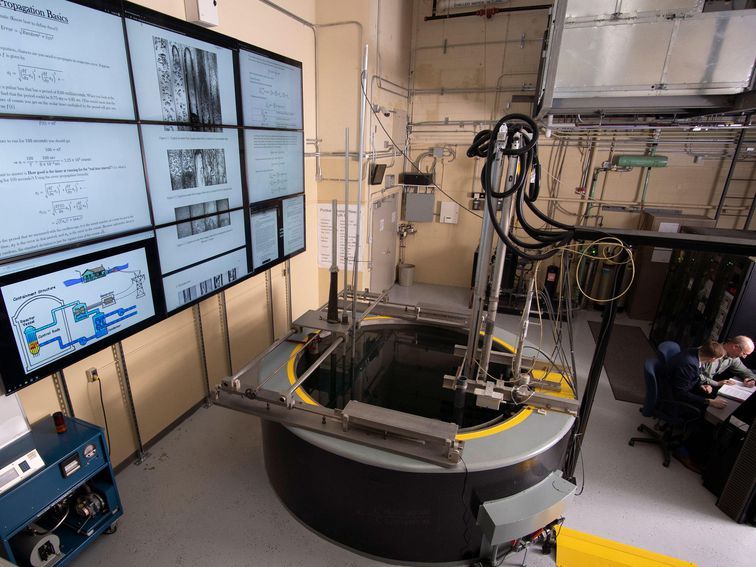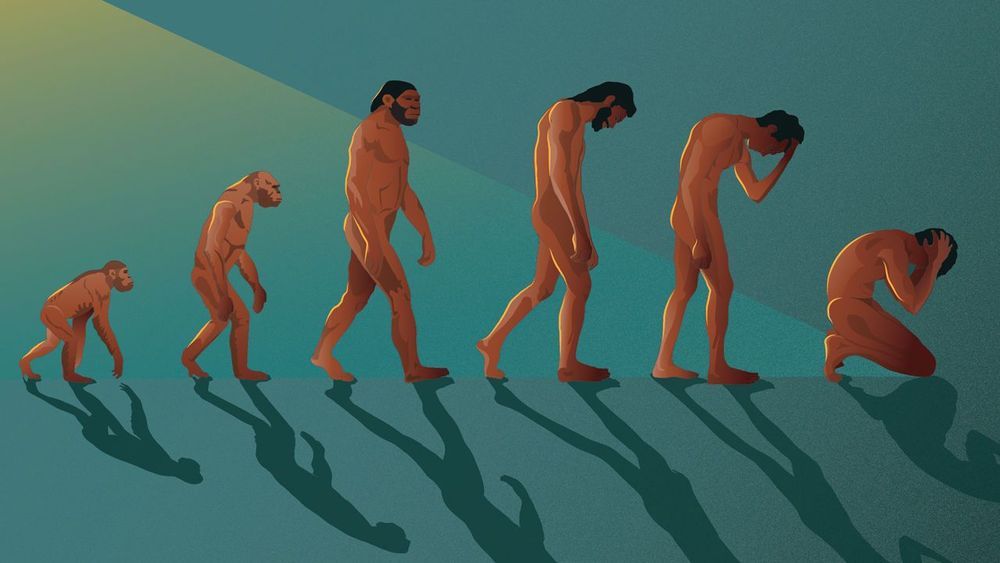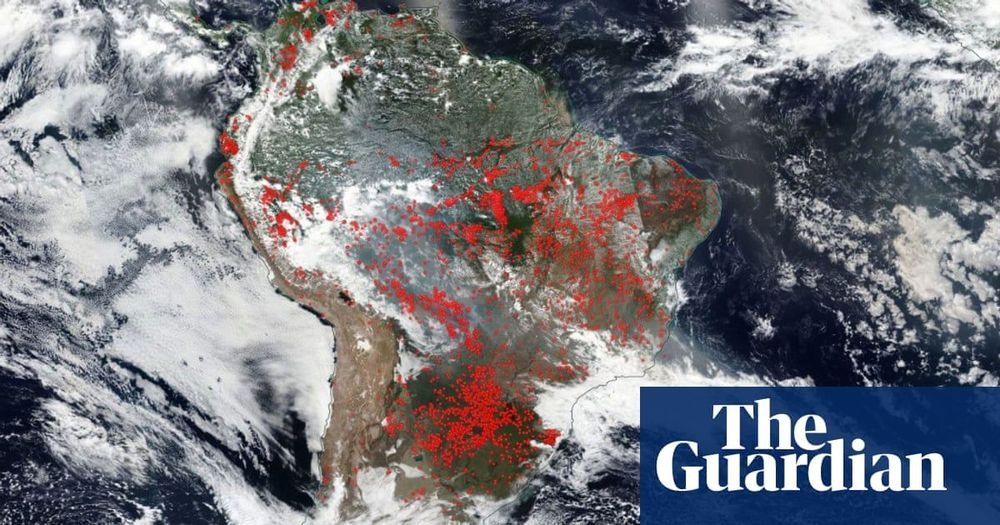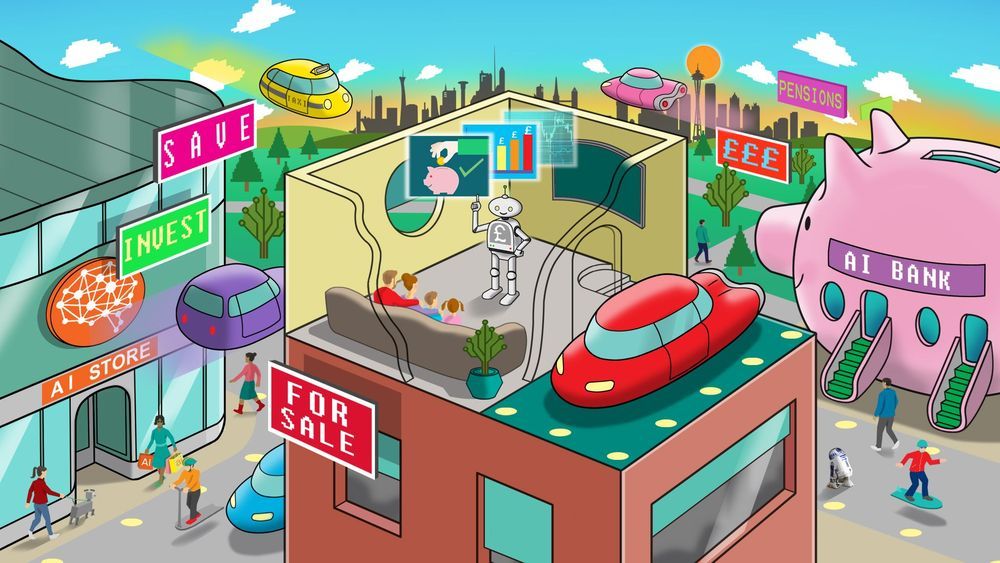Category: economics – Page 152

The Race to Own One Bitcoin
Owning one full bitcoin is becoming a recognized attainment goal. And thereby hangs a tale.
Is it just a numbers game? Isn’t the unit a bit arbitrary and meaningless?…
The logistics and the math are compelling. I recognized the importance of reaching this personal milestone more than 8 years ago. But I was a nobody. No one cared. Then, in April 2019, we started to see articles in legitimate venues about this concept—and articulated in exactly this way. I borrowed the title of this post from this article in Medium.
Who Says So?

Nation’s first all-digital nuclear reactor dedicated at Purdue
Purdue University will support public and private research partnerships at the nation’s first digitally operated nuclear reactor, the school said in a Tuesday press release. Scientists and engineers will look to answer the question of how reliable and resilient an all-digital nuclear reactor, named Purdue University Reactor Number One (PUR-1), can be.
“As the United States and the world continue to implement digital technology, that introduces both strengths and vulnerabilities that need to be explored and understood because our economy relies on the resiliency of these systems,” Clive Townsend, supervisor for the reactor, said in a statement.
Before PUR-1 was converted to digital technology, all US reactors worked using analog technology like vacuum tubes and hand-soldered wires, Townsend said in the release. Purdue’s facility will be the US’ first cyber-nuclear testbed for researchers and corporate partners. It’s licensed by the US Nuclear Regulatory Commission, which ensures safe use of radioactive materials.
Johnny 5 — The First Robotic US Citizen
Should citizenship be restricted to humans?
Scene taken from the film Short Circuit 2 (1988).
FAIR USE NOTICE:
This video contains copyrighted material, the use of which has not always been specifically authorised by the copyright owner.
We are making such material available in our efforts to advance understanding of environmental, political, human rights, economic, democracy, scientific, and social justice issues, etc. We believe this constitutes a ‘fair use’ of any such copyrighted material as provided for in section 107 of the US Copyright Law.
In accordance with Title 17 U.S.C. Section 107, the material on this video is distributed without profit to those who have expressed a prior interest in receiving the included information for research and educational purposes.

Key Uncertainties About the Future of Women
In the past several months, the issue of ensuring a truly equal future for women in society has risen up the agenda of global challenges – whilst at the same time indicators suggest the actual gap is growing globally. From harassment and #metoo to #timesup and the rights to equal pay and equal access in education, the workplace, and the boardroom, women have been succeeding in spotlighting the issues and arguing for their rights. So, as we look to the future, some fundamental questions arise: What is the future of women? Are women’s futures different from men’s futures? How do we proceed in the coming years to embed a gender equality mindset while accounting for the unique challenges women face?
This article draws on insights from our recent book – The Future Reinvented – Reimagining, Life, Society and Business to explore how business and society can adjust to ensure a more positive future for women, focusing on what we consider to be critical agenda issues. We conclude with our advice and dreams for the future of women.
Areas which could benefit significantly from the increased participation of women
As
New China Policy Aims to Replace Hong Kong with City Bigger than Silicon Valley
The “Two-Systems, One China” adopted format for the recovery of Hong Kong from the British in 1997 is under threat in recent months due to the ongoing CIA NED-funded protests and occupation of Hong Kong’s vital economic installations. But China is not running out of countermeasures just yet.

Have humans developed natural defenses against suicide?
While co-organizing a symposium a few years ago, a distinguished evolutionary psychologist named Nicholas Humphrey sought an expert to explore a mystery dating back to the time of Charles Darwin. “Natural selection will never produce in a being anything injurious to itself,” Darwin wrote in On the Origin of Species.
But in humans, natural selection apparently did exactly that. Suicide is the leading cause of violent death, striking down about 800,000 people worldwide each year—more than all wars and murders combined, according to the World Health Organization.
Humphrey, an emeritus professor at the London School of Economics, knew that a handful of evolutionary thinkers had offered ways to resolve this paradox. But he couldn’t find an explanation he thought fit most instances of suicide. So he decided to explore the topic and give the presentation himself.

Jair Bolsonaro claims NGOs behind Amazon forest fire surge – but provides no evidence
Yes he really said this, yet he also said he wanted to use the Amazon for logging and agriculture. Personally I believe people who want to use the Amazon for commercial use are the biggest beneficiaries from such destruction, but I’m no expert.
The Brazilian president, Jair Bolsonaro, has accused environmental groups of setting fires in the Amazon as he tries to deflect growing international criticism of his failure to protect the world’s biggest rainforest.
A surge of fires in several Amazonian states this month followed reports that farmers were feeling emboldened to clear land for crop fields and cattle ranches because the new Brazilian government was keen to open up the region to economic activity.
Brazil has had more than 72,000 fire outbreaks so far this year, an 84% increase on the same period in 2018, according to the country’s National Institute for Space Research. More than half of them were in the Amazon.

An iPhone App That Protects Your Privacy—For Real This Time
The data economy has too often betrayed its customers, whether it’s Facebook sharing data you didn’t even realize it had, or invisible trackers that follow you around the web without your knowledge. But a new app launching in the iOS App Store today wants to help you take back some control—without making your life harder.
